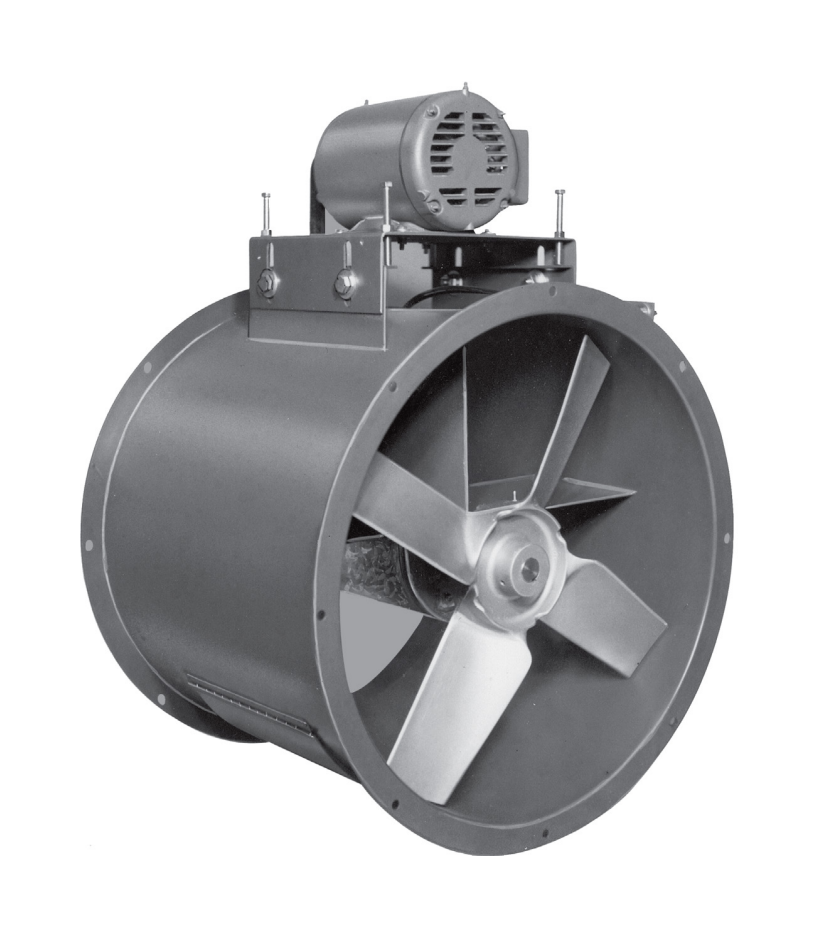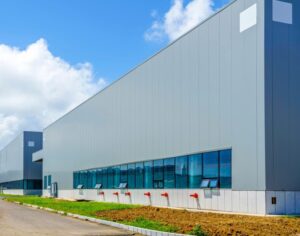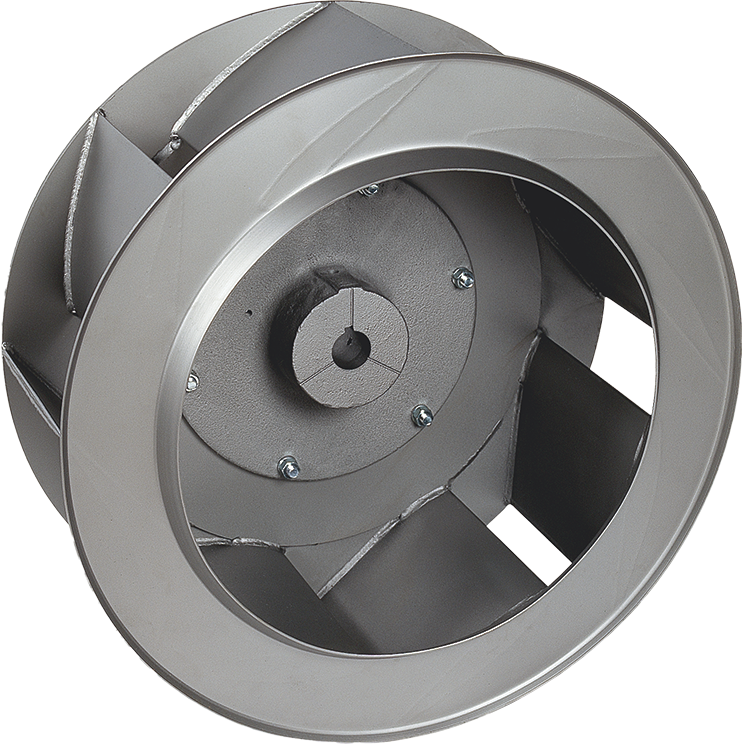
The Critical Role of Airflow in Manufacturing
In manufacturing plants, proper airflow is about more than just comfort. Optimal airflow is a key driver of operational efficiency, equipment longevity, and employee well-being. Whether it’s cooling hot production zones, exhausting process fumes, or ensuring adequate ventilation, an optimized airflow system ensures a safer, more productive environment.
The Essential Role of Axial Fans in Airflow
Axial fans, known for their high-volume, low-pressure capabilities, play a vital role in maintaining airflow balance. But simply installing an axial fan isn’t enough. Performance depends on proper sizing, placement, and integration with your facility’s unique layout and processes.
The Problem: Inconsistent Airflow Leads to Production Challenges
Many facilities struggle with uneven or inadequate airflow. Hot spots near machinery, stagnant air in corners, and unpredictable temperature swings can disrupt production, raise safety concerns, and compromise air quality. Poorly designed ventilation systems can also increase energy costs, strain HVAC components, and lead to regulatory compliance issues.
Without a strategic airflow plan, operations teams are often left reacting to problems rather than preventing them.
Solution 1: Correct Fan Sizing and Placement for Optimal Distribution
Axial fans are highly effective for large, open spaces commonly found in manufacturing plants, but only when properly selected and positioned. Oversized fans can cause turbulence or waste energy, while undersized models may fail to meet air exchange requirements.
Correct fan sizing should take into account:
- Desired airflow (CFM) for each zone
- Static pressure requirements
- Facility dimensions and obstructions
- Thermal loads and heat-generating equipment
Strategic placement of axial fans ensures consistent distribution of air across the facility, eliminating dead zones and maintaining uniform temperature and air quality. Ceiling-mounted units, wall fans, and ducted systems each serve specific needs and can be combined for maximum efficiency.
Solution 2: Leverage Computational Fluid Dynamics (CFD) for Airflow Modeling
Computational Fluid Dynamics (CFD) software has become a powerful tool in designing efficient airflow systems. With CFD modeling, operations managers can visualize how air will move through their facility before any hardware is installed.
This technology allows you to:
- Simulate various fan configurations
- Identify airflow bottlenecks or recirculation zones
- Predict temperature gradients and contaminant dispersion
- Optimize energy usage and fan speed control
Using CFD during the planning phase takes the guesswork out of fan selection and ensures you achieve the best possible results from your axial fan investment.
Better Airflow Means Better Productivity and Safety
A well-optimized airflow system isn’t just good practice; it provides you with a competitive advantage. With properly sized axial fans, smart placement, and advanced airflow modeling, manufacturing facilities can achieve:
- More consistent temperatures
- Cleaner, safer air for workers
- Lower HVAC energy costs
- Reduced equipment downtime
Trust Cincinnati Fan for Optimal Airflow Systems
Cincinnati Fan is your trusted source for industrial axial fans and expert guidance on airflow optimization. With decades of experience serving manufacturing operations across industries, we offer both standard and custom fan solutions backed by engineering expertise. Whether you’re upgrading an existing system or designing a new one, our team can help you get it right.
Contact Cincinnati Fan today to discuss your application and explore how our axial fan solutions can help you enhance airflow, improve efficiency, and create a better work environment. Ready to purchase a fan? Request a quote or find a fan rep now.


 Energy-Saving Strategies for Industrial Fans Without Compromising Performance
Energy-Saving Strategies for Industrial Fans Without Compromising Performance  How to Choose the Right Industrial Centrifugal Fan for Your Facility
How to Choose the Right Industrial Centrifugal Fan for Your Facility 